Italy is the best tourist destination around the world, known for its artistic and cultural heritage and for its landscapes. Contributor at Colosseum Underground
Don't wanna be here? Send us removal request.
Photo

Our new design is inspired by Van Gogh’s self-portrait and Almond Blossom. Available on Amazon and Redbubble (onelink): https://geni.us/artofvincent1890
22 notes
·
View notes
Photo

Our new design is inspired by Van Gogh’s self-portrait and Almond Blossom. Available on Amazon and Redbubble (onelink): https://geni.us/artofvincent1890
22 notes
·
View notes
Photo


Our second design is inspired by Van Gogh’s Almond Blossom. We have created the almond tree with a different interpretation. Available on Amazon and Redbubble (onelink): https://geni.us/almondblossom
22 notes
·
View notes
Photo

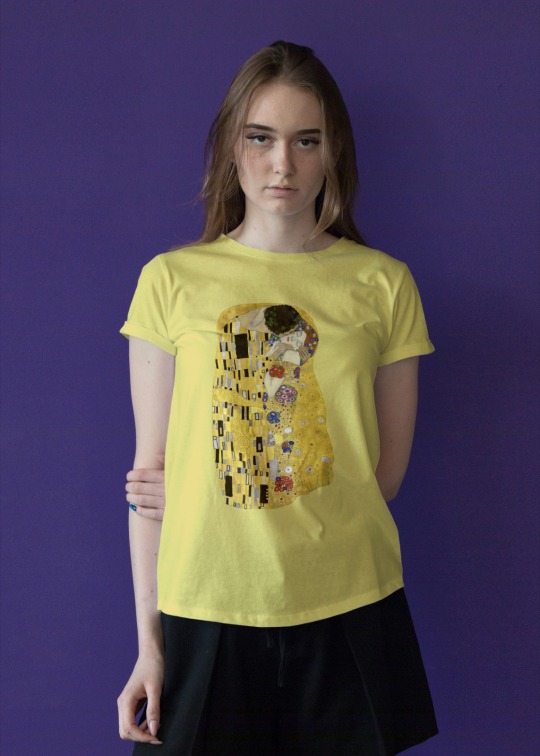
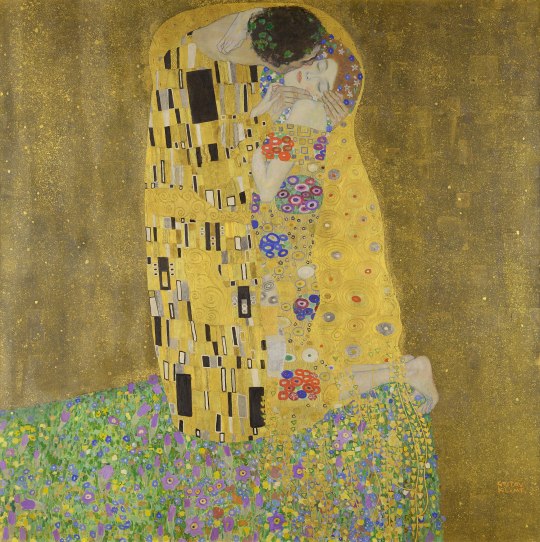

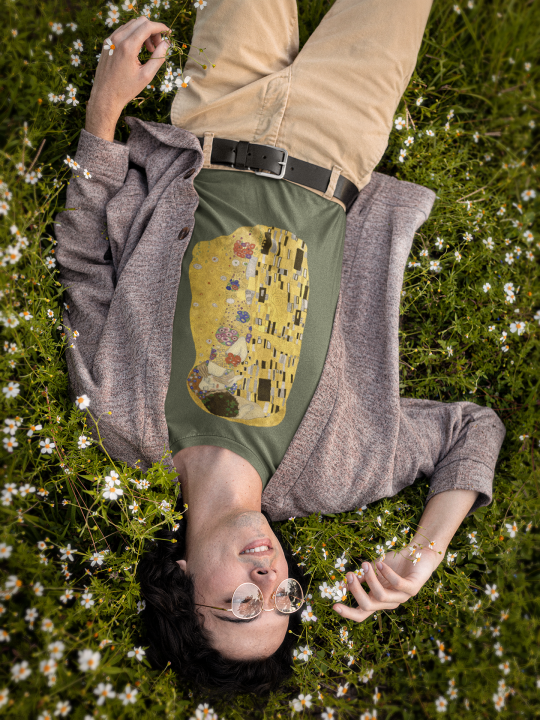
New design by archaeologyart: The Kiss by Gustav Klimt. This digitally created drawing is based on Gustav Klimt’s 1908 painting “The Kiss”.
Available on Amazon and Redbubble (onelink): https://geni.us/klimtkiss
In 1903, Klimt traveled twice to Ravenna, where he saw the mosaics of San Vitale, whose Byzantine influence was apparent in the paintings of what would become known as his “Golden Period”. After visiting Ravenna in Italy, where he saw the Byzantine mosaics by San Vitale, Klimt created “The Kiss”. It is possible to see the Byzantine influence in many of Klimt’s paintings during his “Golden Period”.
The Kiss depicts an embracing couple kneeling in a grassy patch of wildflowers. Clad in a geometrically-printed robe and with a crown of vines on his head, the man cradles the woman’s face as he leans in to kiss her. The female figure—whose colorful, organically patterned dress contrasts her partner’s garment—wears flowers in her hair. As she wraps her arms around her partner’s neck, her eyes are peacefully closed, emphasizing the tranquility and intimacy of the scene. In addition to its golden style and subject matter, The Kiss is celebrated for other details distinctive to the artist. These include the presence of contrasting patterns, a bright color scheme, and fine lines.
Gustav Klimt’s The Kiss is located on the upper level of the Belvedere Museum in Vienna, Austria.
50 notes
·
View notes
Photo

Goddess athena is waiting for her owl.
Design: https://amzn.to/3DKA5qz
25 notes
·
View notes
Photo

Cave Canem (Beware of dog) - 2nd Version.
Design (for US): https://amzn.to/3QYmLlp
Worldwide: http://archaeostore.com
23 notes
·
View notes
Photo

Horus with Sun-disk.
Design (for US): https://amzn.to/3qDRhWR
Worldwide: http://archaeostore.com
13 notes
·
View notes
Photo

Owl of Athena.
Design (for US): https://amzn.to/3LxK2ta
Worldwide: archaeostore.com
17 notes
·
View notes
Photo






Terracotta Panathenaic prize amphora. Date: ca. 530 B.C. Attributed to the Euphiletos Painter. On view at The Met Fifth Avenue in Gallery 153. The Panathenaic Games were held every four years in Athens in Ancient Greece from 566 BC to the 3rd century AD. These Games incorporated festival, ceremony, athletic competitions, and cultural events hosted within a stadium.
Our designs inspired by this amphora are available on Amazon: https://www.amazon.com/dp/B0BCV6L25L
22 notes
·
View notes
Photo



The Fishermen Frescoes from Akrotiri on the Aegean island of Thera (modern-day Santorini, Greece). c. 17th century BC. Now on display at the National Archaeological Museum, Athens.
The males may actually be youths offering fishes as part of a religious ceremony rather than a fisherman.
Our designs inspired by these frescoes are available on Amazon and Redbubble: https://archaeostore.com/

43 notes
·
View notes
Photo

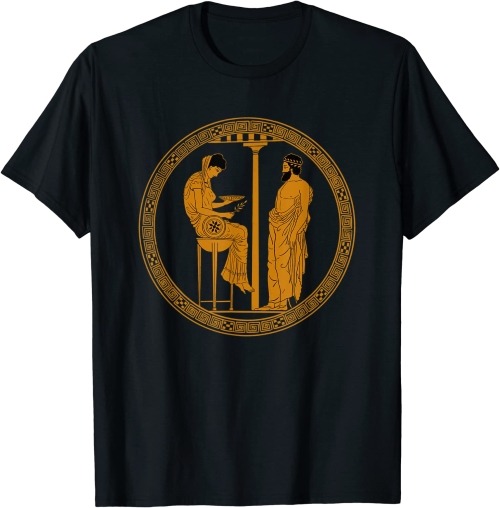
Oracle of Delphi: King Aigeus in front of the Pythia. Vase, c. 440–430 BC.Collection: Antikensammlung Berlin, Altes Museum, Berlin.
Our new design: Oracle of Delphi. Available on Amazon and Redbubble: https://archaeostore.com/ Delphi, in central Greece, is the sanctuary (sacred location) of the god Apollo. A temple there contains the Delphic Oracle, the most famous one of the Greek world’s oracles (priestly fortune-tellers). Delphi was the religious center and the symbol of unity of the ancient Greek world in the sixth century BC. Delphi is not one of the seven wonders of the ancient world. However, in terms of status and importance, few places were as powerful as Delphi, within two-and-a-half-hour driving distance from Athens. For a thousand years, rich and poor, kings and peasants came across the to visit the sanctuary of Apollo and paid homage to the god. His oracle was the spiritual center of their world. According to a Homeric hymn of the 8th century BC, Apollo built his first temple in Delphi after having killed Python, the dreaded serpent guardian of the sanctuary of Gaia. Respecting the law that he himself had established, Apollo was exiled for eight years to atone for his crime. Then he returned as the absolute master of the place, becoming Apollo Pythian whose oracles were interpreted by a woman titled as the Pythia who was selected for her virtue and chastity. Whoever wished to obtain information from Apollo had to offer a sacrifice to the god before entering the sanctuary. For this purpose, a sheep or a goat was sacrificed in front of the altar, which was always outside of the Greek temples. Then one had to turn to the priests of Apollo. The person seeking advice presented his question for the god to the priests as written down on a lead tablet.
25 notes
·
View notes
Photo


Pectoral of Horus with Sun-disk. From the Tomb of Tutankhamun (KV62), Valley of the Kings, West Thebes. Now in the Egyptian Museum, Cairo. Horus in ancient Egyptian religion, a god in the form of a falcon whose right eye was the sun or morning star, representing power and quintessence, and whose left eye was the moon or evening star, representing healing. Our designs based on this artifact are available on Amazon and Redbubble: https://archaeostore.com/
38 notes
·
View notes
Link
31 notes
·
View notes
Photo
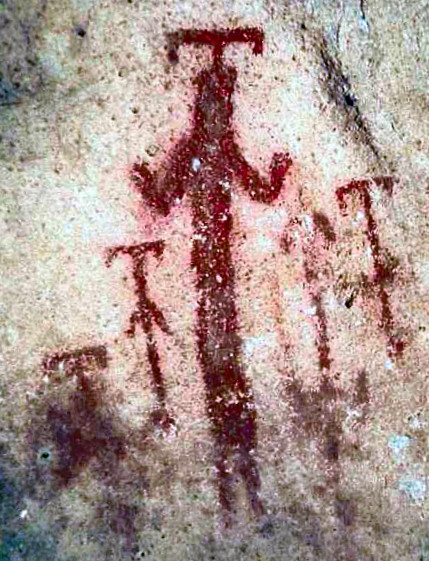
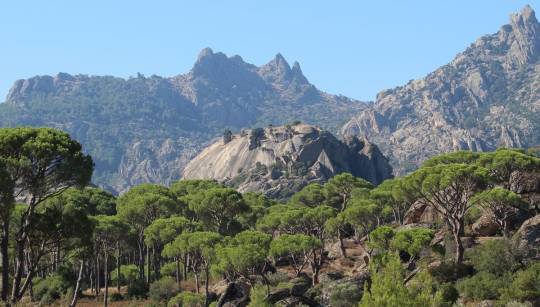


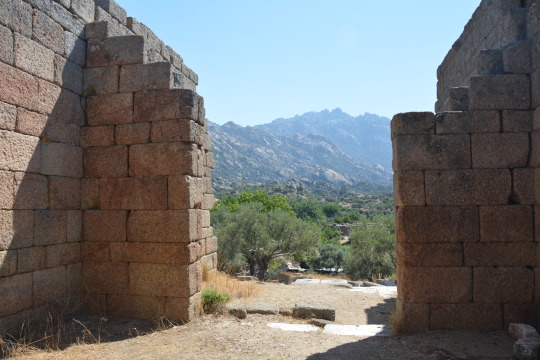
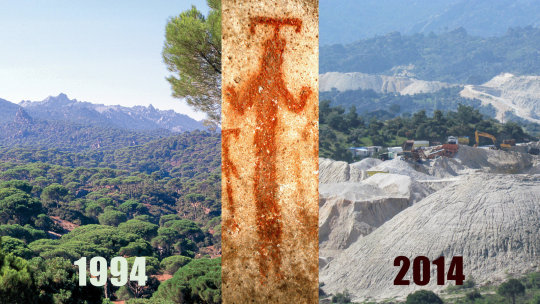
Cave painting with representation of the Weather Gods. Dated to c.6000 BC. Mount Latmos, modern-day Turkey.
Since prehistoric times the Latmos was one of the sacred mountains in Anatolia. Upon its peak the old Anatolian rain-and weather-god together with a local mountain deity were worshipped. The prehistoric weather god was later replaced by the Hittite deity Tarhunt and then by the god Zeus of Classical Greece. The local mountain deity lived on in Greek mythology as Endymion, the young shepherd and hunter, and lover of the lunar goddess Selene. The Latmos remained a sacred mountain until the end of Medieval times. At that time it was called “Latros”. Monks driven out of the Sinai and the Arabic peninsula (today Yemen) sought refuge here in the 7th century AD.
The fascinating rock landscape of the Latmos mountains as well as the archaeological monuments of this region are threatened with destruction by the constant expansion of stone quarries in this area.
Our new design: Weather Gods of Latmos. Available on Amazon and Redbubble (onelink): https://geni.us/latmos
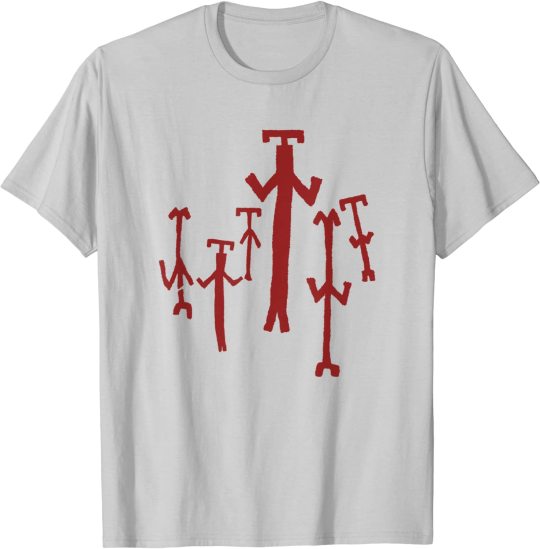

71 notes
·
View notes
Photo
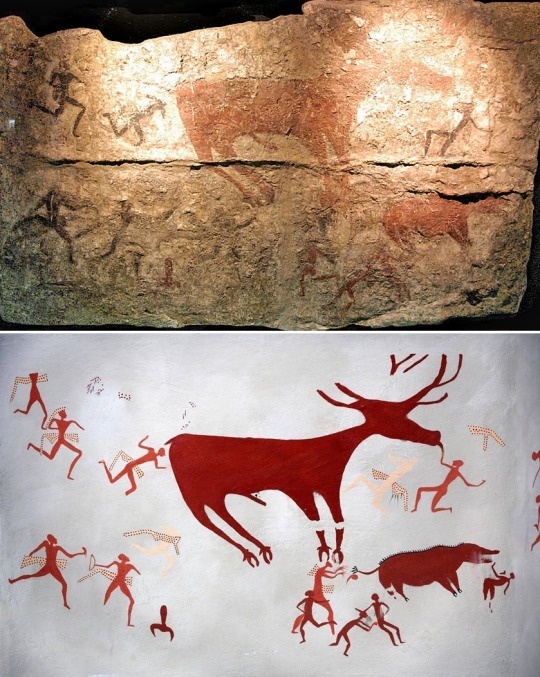
Detail of a wall painting from Level III, Catal Hoyuk (modern-day Konya, Turkey): Deer Hunt, c. 5750 BC.
Çatalhöyük is a large Neolithic “town” with a history of 9.400 years and was inhabited by approximately 8.000 people. In this big town without streets, people walked around on the roofs and entered their homes through the openings in the roofs. These people created wonderful works of art, as can be seen from the murals, reliefs, and sculptures inside their homes that have survived for thousands of years. The works of art found in Çatalhöyük shed light on the early periods when the people from Asia Minor began to live in the city.
Our designs inspired by this 7.700-year-old deer-hunting scene are available on Amazon and Redbubble. Our website: https://archaeostore.com/

The walls of the houses in Çatalhöyük were plastered, and after the plaster was painted white, wall paintings were made in red, black, and yellow tones. These paintings are a continuation of the tradition started by the Paleolithic men who painted on the cave walls. Among the depictions painted on the walls, geometric motifs, handprints, human and animal figures (vulture, leopard, wild deer), hunting and dance scenes that may have been made for good hunting, and wall paintings reflecting the natural environment come to the forefront.
142 notes
·
View notes
Photo






Empress Eirene Mosaic, Hagia Sophia, 13th century AD.
2nd-6th images: Our designs based on this mosaic in Hagia Sophia are available on Amazon and Redbubble (onelink): https://archaeostore.com/
Situated at the south endpoint, this mosaic panel dates back to the 13th century. This mosaic is similar to Zoe Panel which also depicts the ‘’imperial offering to Mary and Christ’’
With her distinctive physiognomy with blonde hair, Empress Eirene is holding a scroll of parchment of donation made to the Great Church. She is dressed in a royal red garment with embellished jewelry and gold. She has a gold imperial crown and pear shaped earrings. Her inscription reads ‘’Eirene’’, the most pious Augusta which shows her devoutness.
47 notes
·
View notes
Link
14 notes
·
View notes